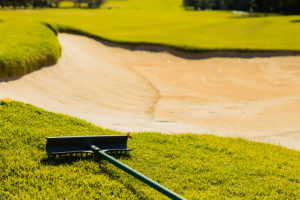
Whether you’re a golfer or a super, you most likely have very strong opinions on the topic of bunkers. For golfers, most groan when they see their ball land in the trap (though there are those times when the player will breathe a sigh of relief because the bunker saved him or her from a worse fate, like out of bounds or a water hazard). For course superintendents, they are a constant frustration due to the high level of maintenance involved and complaints from the membership when they aren’t maintained to their liking. To make matters worse, we now continue to face a global pandemic plus a recession, resulting in bunkers becoming a hot topic for numerous reasons.
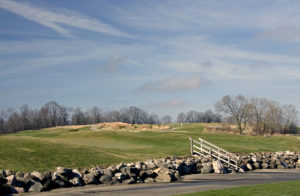 Divots aren't the only types of holes that golf course superintendents have to be mindful of on their greens and fairways. Soil erosion is a real threat as well. And unlike with divots, it's a lot more difficult to repair a hole in your turfgrass that's caused by erosion than it is to repair one caused by a club head.
Divots aren't the only types of holes that golf course superintendents have to be mindful of on their greens and fairways. Soil erosion is a real threat as well. And unlike with divots, it's a lot more difficult to repair a hole in your turfgrass that's caused by erosion than it is to repair one caused by a club head.


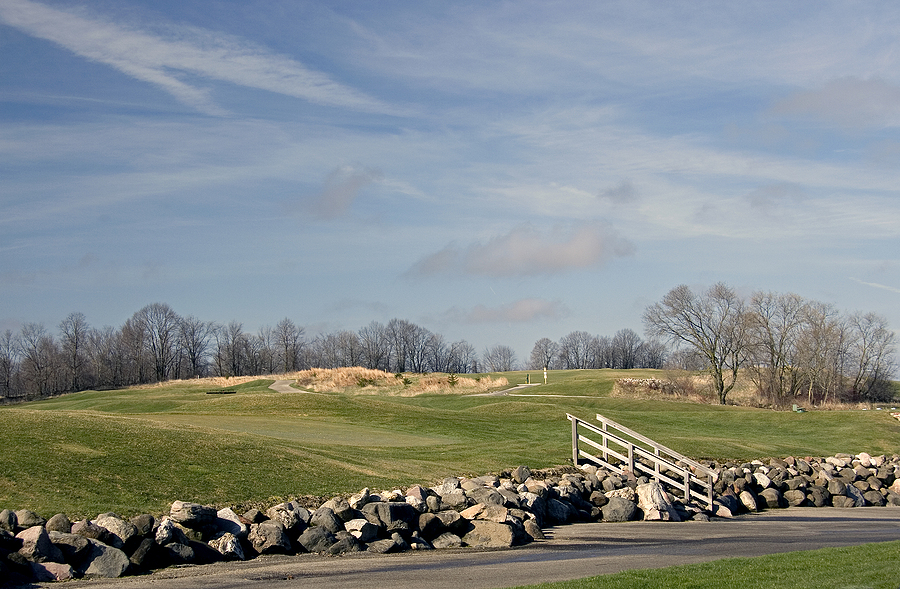
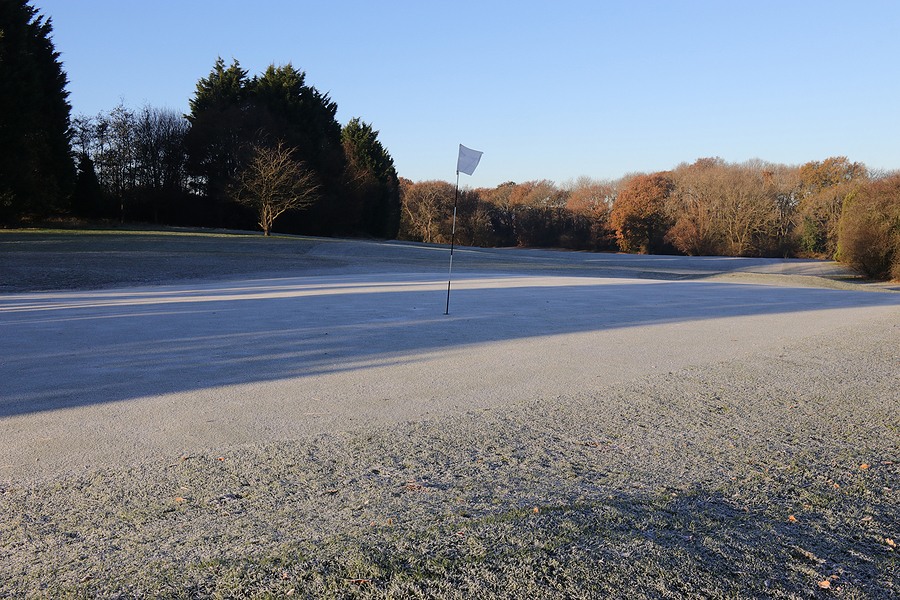
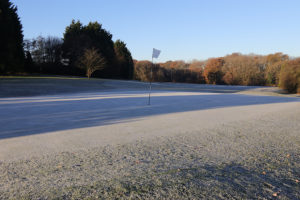 As the pandemic rages on across the country, businesses everywhere are hurting—including golf courses. But now in the North, the weather has turned cold, so playing golf is not as appealing to players as it once was. With the loss of revenue from the past year, it can be tempting for courses to want to push it—keeping their course open longer than usual, hoping for a warmer day here and there so the die-hards may stop by and squeeze in some additional rounds. But keeping the course open through the winter months is hard. There are fewer daylight hours and difficult weather conditions to contend with. What’s a course to do? We have some ideas for you.
As the pandemic rages on across the country, businesses everywhere are hurting—including golf courses. But now in the North, the weather has turned cold, so playing golf is not as appealing to players as it once was. With the loss of revenue from the past year, it can be tempting for courses to want to push it—keeping their course open longer than usual, hoping for a warmer day here and there so the die-hards may stop by and squeeze in some additional rounds. But keeping the course open through the winter months is hard. There are fewer daylight hours and difficult weather conditions to contend with. What’s a course to do? We have some ideas for you. 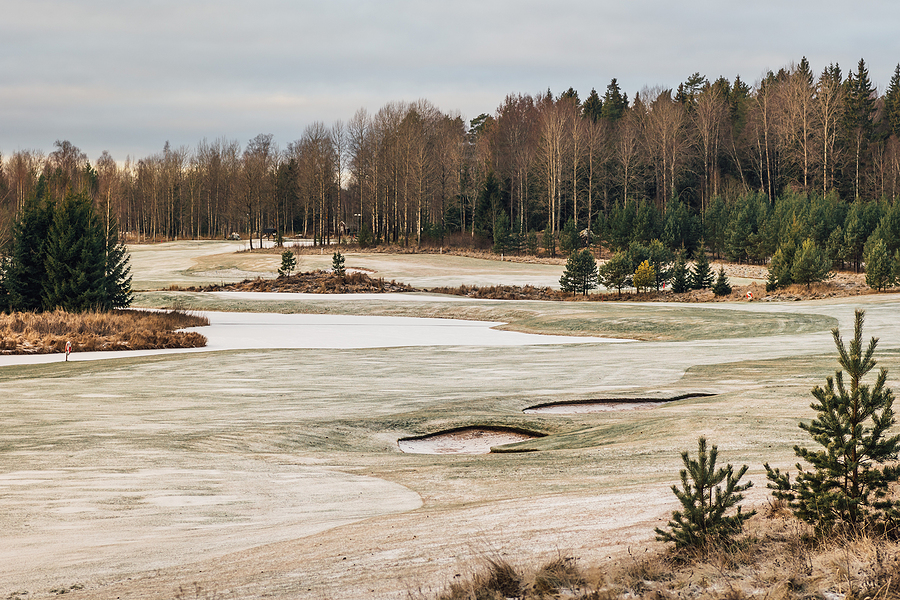
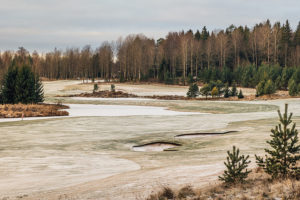 Winter is just around the corner, so as course traffic begins to slow for many clubs in the North, that doesn’t mean the course maintenance does. If you think about it, during the prime golfing season, a super’s focus is on general course maintenance and making sure daily play is the best it can be. But during the months when it’s too cold for golfing, this is the time to catch up, get organized and start planning for the next year. Here are some suggestions to help you be prepared come spring. Can you check all of these off your list?
Winter is just around the corner, so as course traffic begins to slow for many clubs in the North, that doesn’t mean the course maintenance does. If you think about it, during the prime golfing season, a super’s focus is on general course maintenance and making sure daily play is the best it can be. But during the months when it’s too cold for golfing, this is the time to catch up, get organized and start planning for the next year. Here are some suggestions to help you be prepared come spring. Can you check all of these off your list? 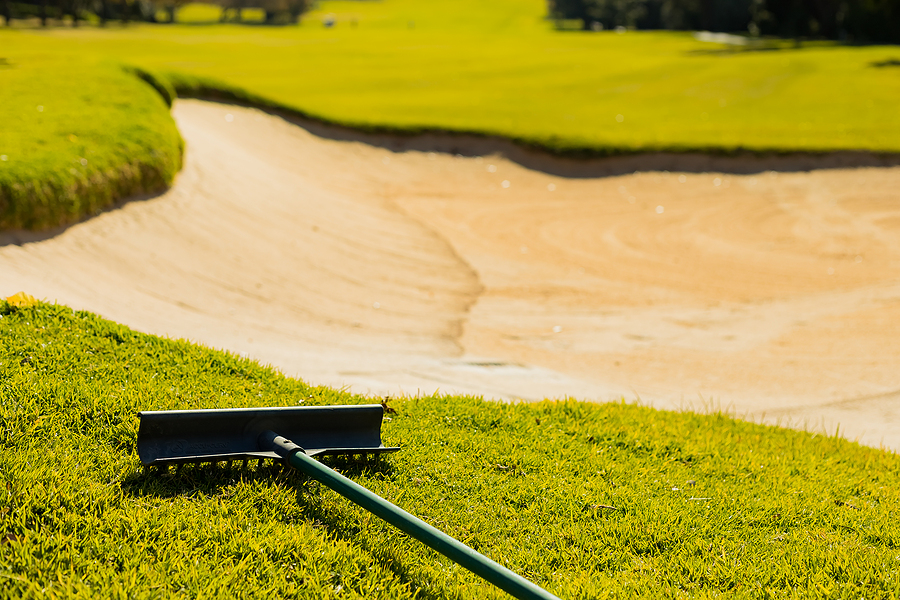
 Whether you’re a golfer or a super, you most likely have very strong opinions on the topic of bunkers. For golfers, most groan when they see their ball land in the trap (though there are those times when the player will breathe a sigh of relief because the bunker saved him or her from a worse fate, like out of bounds or a water hazard). For course superintendents, they are a constant frustration due to the high level of maintenance involved and complaints from the membership when they aren’t maintained to their liking. To make matters worse, we now continue to face a global pandemic plus a recession, resulting in bunkers becoming a hot topic for numerous reasons.
Whether you’re a golfer or a super, you most likely have very strong opinions on the topic of bunkers. For golfers, most groan when they see their ball land in the trap (though there are those times when the player will breathe a sigh of relief because the bunker saved him or her from a worse fate, like out of bounds or a water hazard). For course superintendents, they are a constant frustration due to the high level of maintenance involved and complaints from the membership when they aren’t maintained to their liking. To make matters worse, we now continue to face a global pandemic plus a recession, resulting in bunkers becoming a hot topic for numerous reasons. 
 As we all WELL know, there are many contributors to any successful golf course operation. It wouldn’t thrive without the super, pros, investors, players and grounds crew, but other important cast members include natural wildlife and pollinators. They're responsible for encouraging plant growth and pollinating flowering plants. Integrating wildflowers into your course landscaping is a simple way to support pollinators, and they can bring a whole slew of benefits.
As we all WELL know, there are many contributors to any successful golf course operation. It wouldn’t thrive without the super, pros, investors, players and grounds crew, but other important cast members include natural wildlife and pollinators. They're responsible for encouraging plant growth and pollinating flowering plants. Integrating wildflowers into your course landscaping is a simple way to support pollinators, and they can bring a whole slew of benefits. 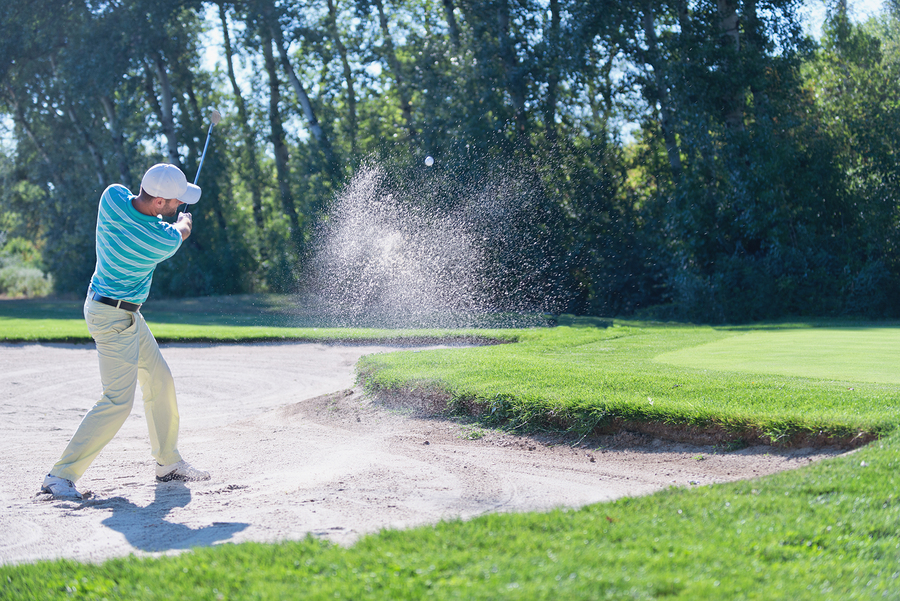
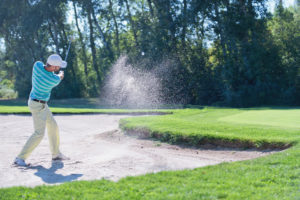 No one likes a sand trap. Golfers hate it when they see their beautifully hit shot land in a bunker and course superintendents despise maintaining them. But there’s no getting away from them. As we all know, they’re a key component of any golf course to give players a challenge, plus it adds to the aesthetics of each hole. So to keep your bunkers looking beautiful (and your members as happy as they can be on the beach), they should be regularly maintained and, eventually, rebuilt or renovated.
No one likes a sand trap. Golfers hate it when they see their beautifully hit shot land in a bunker and course superintendents despise maintaining them. But there’s no getting away from them. As we all know, they’re a key component of any golf course to give players a challenge, plus it adds to the aesthetics of each hole. So to keep your bunkers looking beautiful (and your members as happy as they can be on the beach), they should be regularly maintained and, eventually, rebuilt or renovated. 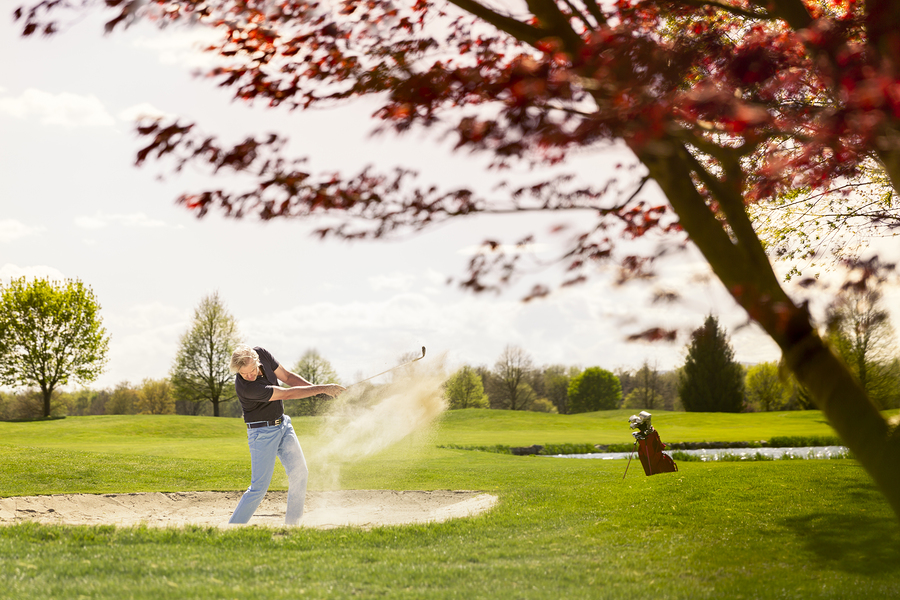
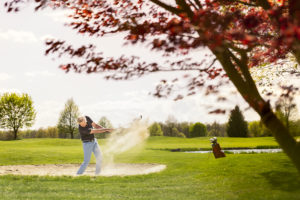 Sand bunkers are considered one of the most frustrating and feared hazards on the course. They exist to test a player’s ability and skill, but for golf course superintendents, they are usually just a headache. In fact, they are generally considered one of the more controversial golf course areas because everyone has an opinion on how it should be cared for, its architecture, and what type of sand should be in it, making it highly subjective and frustrating for those maintaining it.
Sand bunkers are considered one of the most frustrating and feared hazards on the course. They exist to test a player’s ability and skill, but for golf course superintendents, they are usually just a headache. In fact, they are generally considered one of the more controversial golf course areas because everyone has an opinion on how it should be cared for, its architecture, and what type of sand should be in it, making it highly subjective and frustrating for those maintaining it.